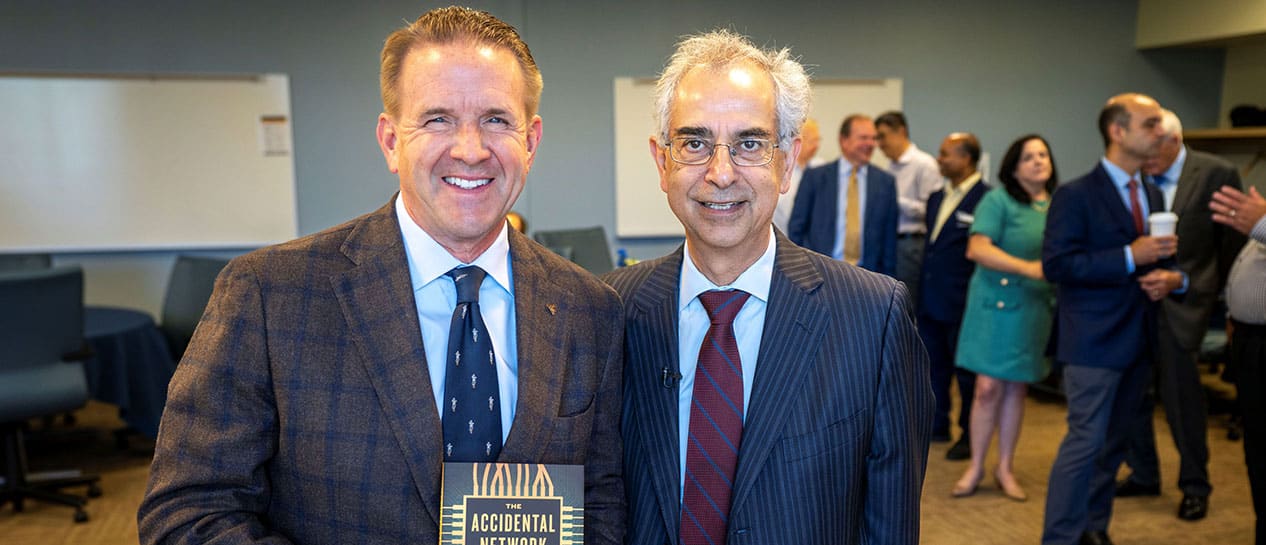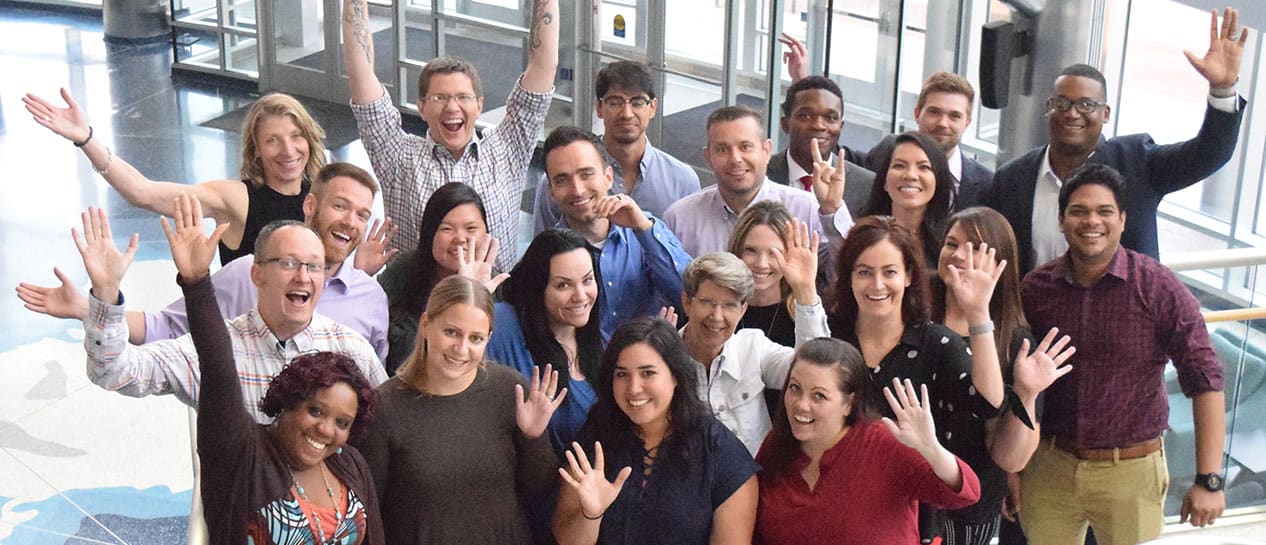Last week I attended Cable Next-Gen in Denver, the premier independent community event focusing on the cable industry’s technology advances, opportunities, and challenges. I had the opportunity to hear from top cable, fiber, and wireless executives on the latest technologies and services that are rapidly changing the cable and connectivity market. From the future of DOCSIS to a more focused approach on fiber, the annual event showcased the cable industry’s evolution toward something much broader. Among the noteworthy predictions shared, John Chapman, CTO Broadband & Fellow, Cisco, forecasted that cable operators are on the path to 1-terabit speeds by 2040, underscoring the pace at which these advancements are propelling the industry forward. However, it’s crucial for leaders to equip themselves with the necessary skills and knowledge to adeptly navigate through these significant changes and technological leaps.
Operators are working to deliver a more dynamic and responsive network that can adapt to the data demands of consumers and businesses. DOCSIS 4.0 is making progress in technology, products, and some initial deployments but many operators are evaluating how to extend the DOCSIS 3.1 platform. Leveraging networks upgraded with a “mid-split” and “high-split”, that dedicates more network capacity to the upstream, provides the high speeds while avoiding a major investment in network upgrades. This approach could provide some cable operators with an upgrade that would rapidly enable near-DOCSIS 4.0 speeds and provide additional time for development.
Fiber-to-the-premises options is becoming an important tool for cable operators as a complement to the existing cable infrastructure networks, providing a future-proof path with lower operational expenses and a more reliable network. Even though there is a notable gap in consumer needs versus the actual bandwidth utilization, cable operators must have a migration strategy to lay the groundwork for faster speeds, better upload capabilities, and consistent reliability.
Cable operators are recognizing the advantages of integrating AI into the network’s fabric. These benefits included enhanced optimization, operational efficiency, and an improved customer experience. Self-healing infrastructure and predictive maintenance supported by AI technologies are not just futuristic concepts but advancements being actively pursued in research and development labs. This fail early, fail fast approach is accelerating the evolution of AI and facilitating a quicker speed to market.
Despite AI and data showing promise in delivering actionable insights and improved operations, there are questions around how cable operators should approach AI regulation and data sets. This underscores the industry’s need to balance the large volume of incoming data and the acquisition of clean, real-time data while creating a standalone AI operating structure. With no clear AI governing standards and recommended data strategy, cable operators will need to test and create their own best practices.
With today’s rapidly changing business landscape, it’s critical to equip leaders with the skills and knowledge necessary for leading their organizations through waves of change and innovation. As markets shift and new technologies emerge, adaptability and innovation are not mere advantages but critical to long term success. High performers stand out in this environment, capable of driving significant organizational change across programs, processes, or products, and delivering measurable benefits. It is more than just abilities but also a mindset geared towards innovation and adaptability.
As cable operators navigate the path towards 1-terabit speeds, empowering your company’s emerging leaders to become intrapreneurs is essential for more than just their individual growth; it’s a strategic investment in your organization’s future. Creating an environment that encourages risk-taking, creative thinking, and resilience enables employees to lead through agility and transform challenges into opportunities. This approach not only fuels immediate innovation and efficiency but also creates a culture of continuous improvement. Intrapreneurship Academy Courses prepare these leaders to confidently navigate the complexities of the modern business world, equipping them with the skills and knowledge to adapt, innovate, and thrive by demonstrating agility in times of ongoing change. Investing in the development of leaders empowers your organization to not just survive but thrive amid change, ensuring it remains resilient, agile, and forward-thinking.
Registration is open for our Spring Courses, learn more about Intrapreneurship Academy’s offerings and topics.

Chief Program Officer
Syndeo Institute at The Cable Center
Camilla’s career spans more than 30 years with deep experience cultivating strategic partnerships and creating programs that provide people with the skills and confidence to increase their impact. Previously, she served as Chief Revenue Officer and minority owner at NCTI and drove sales efforts at International Fiber Communications as Corporate Vice President, Sales. She also held leadership roles at Metromedia/WorldCom and ICG. She began her career at Metromedia Communications in Southern California.
Celebrated by the industry for her leadership and mentorship, Camilla was named to the 56th Class of Cable TV Pioneers and was recognized by The WICT Network-Rocky Mountain as Mentor of the Year in May of 2022. She supports women leaders as vice president of that organization and has led and served on NTCA and PACE advisory councils. A breast cancer survivor, Camilla is a Model of Courage for the Ford Warriors in Pink ambassadorship program. She remains a minority owner of NCTI and serves on the company’s board.



